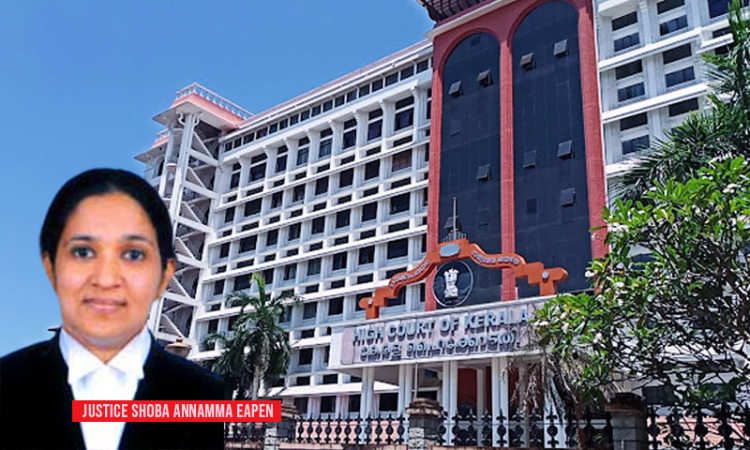Kerala Building Tax Act, 1975 | Buildings To Be Assessed Separately If Structurally Different: High Court
Navya Benny
4 Nov 2023 1:00 PM IST

Next Story
4 Nov 2023 1:00 PM IST
The Kerala High Court has held that where separate buildings are constructed, albeit for for a common purpose, the buildings would have to be assessed separately for the purposes of building tax, if the same are structurally different. Perusing Section 5 of the Kerala Building Tax Act, 1975, (hereinafter, the 'Act, 1975'), which provides that the plinth area has to be assessed on every...
